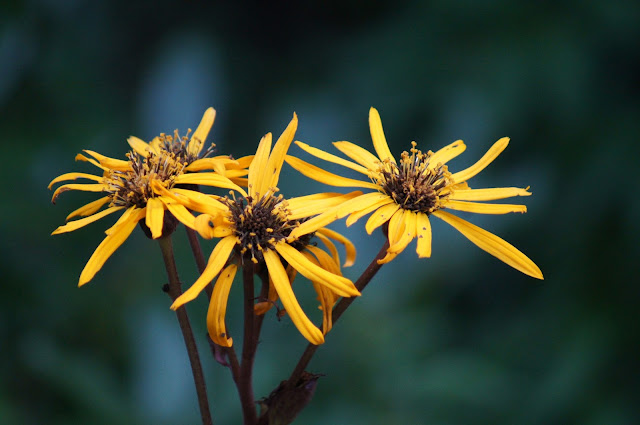At the Auburn Bird Banding Project this past spring, I learned that ticks attach to birds around their eyes, bill, and head because these areas are hard for the bird to preen (because they use their bill to preen). They have to deal with the tick until it feeds enough and falls off on its own. The bird banders remove any ticks they find on birds and keep the information in their records.
Photographing Birds, Butterflies, Flowers and other nature in and around Massachusetts
Thursday, September 12, 2013
House Wren
This morning I walked a bit at Heirloom Harvest CSA in Westboro. The meadows appeared to be recently mowed with hay rounds dotted around the shorn fields. When I was leaving, I walked over to a fence near my parked car to look across one last field. As I stood there, the leaves rustled near the ground. A House Wren popped up from the undergrowth onto the fence and then a nearby tree where it proceeded to give me a severe scolding. A second wren soon joined it. If you click to enlarge the following photo and look closely, I think there's a tick next to its eye.
At the Auburn Bird Banding Project this past spring, I learned that ticks attach to birds around their eyes, bill, and head because these areas are hard for the bird to preen (because they use their bill to preen). They have to deal with the tick until it feeds enough and falls off on its own. The bird banders remove any ticks they find on birds and keep the information in their records.
At the Auburn Bird Banding Project this past spring, I learned that ticks attach to birds around their eyes, bill, and head because these areas are hard for the bird to preen (because they use their bill to preen). They have to deal with the tick until it feeds enough and falls off on its own. The bird banders remove any ticks they find on birds and keep the information in their records.
Subscribe to:
Post Comments (Atom)








No comments:
Post a Comment